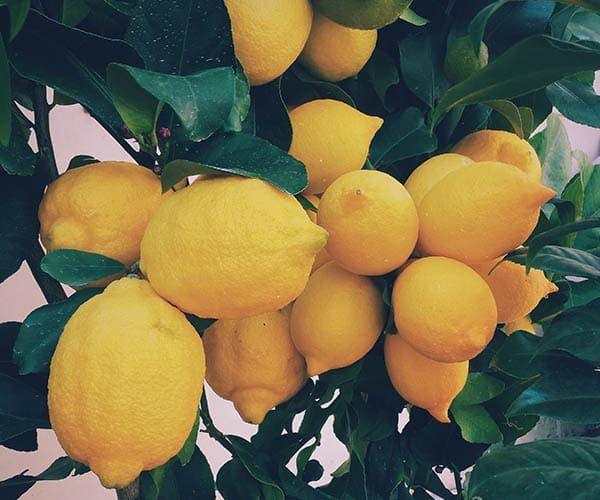5-aminolevulinic acid(5-ALA) is the key precursor of all porphyrin compound biosynthesis, as a part of plant chlorophyll synthesis research, it has been paid attention to very early. In addition to being related to plant photosynthesis, it can also be used as a non-polluting natural herbicide at high concentrations. It can greatly increase the yield of various crops at low concentrations. And it also can significantly improve the salt tolerance and cold resistance of plants
The development history of 5-aminolevulinic acid(5-ALA) production process:
Traditional production:
The synthesis of 5-aminolevulinic acid(5-ALA) is mostly based on chemical methods. The early method was to synthesize ALA with benzophthalein glycine and oxalic acid as substrates. There are more and more studies on the desynthesis of ALA. However, there are many unresolved and unavoidable problems in production of ALA by chemical synthesis, Such as complex procedures, long duration, expensive raw materials, low product yield, difficult separation and environmental pollution, etc. Above results in the high price of ALA products currently on the market.
Biological production:
There are many unavoidable problems in the synthesis of 5-aminolevulinic acid(5-ALA) by chemical methods. So more and more researchers have turned their attention to the method based on microbial metabolic engineering.
Different from chemical methods, this method has advantages of low raw material prices, simple and easy-to-operate procedures, and environmental friendliness.
Wellyou 5-aminolevulinic acid(5-ALA) product uses synthetic biology. Through the transformation of the metabolic pathway of model microorganisms and the expression of heterologous genes to construct genetically engineered strains, a large amount of the target product ALA is produced by fermentation. At present, this project has reached the level of industrialization, and the content can be higher than 35g/L, which is higher than international biological fermentation level.
Due to the advantages of easy degradation and low residue, it is welcomed in the agricultural field: such as herbicides, insecticides, and plant growth regulators.
1. Fruit coloring and improvement of fruit quality
2. Increasing crop production
3. Regulating plant growth
4. Improve the stress resistance of crops
5-aminolevulinic acid(5-ALA) application dosage form:
1. Amino Acid Water Soluble Fertilizer
2. Powder
3. Foliar spray fertilizer
Recommendations:
1. If it is an aqueous solution, please prepare and use it immediately (5-ALA, unstable in aqueous solution, easy to degrade).
2. It can combine with macronutrients and compound fertilizers to achieve synergistic effects.
3. Fruit coloring can compound with other fruit colorants to achieve synergistic effect.


